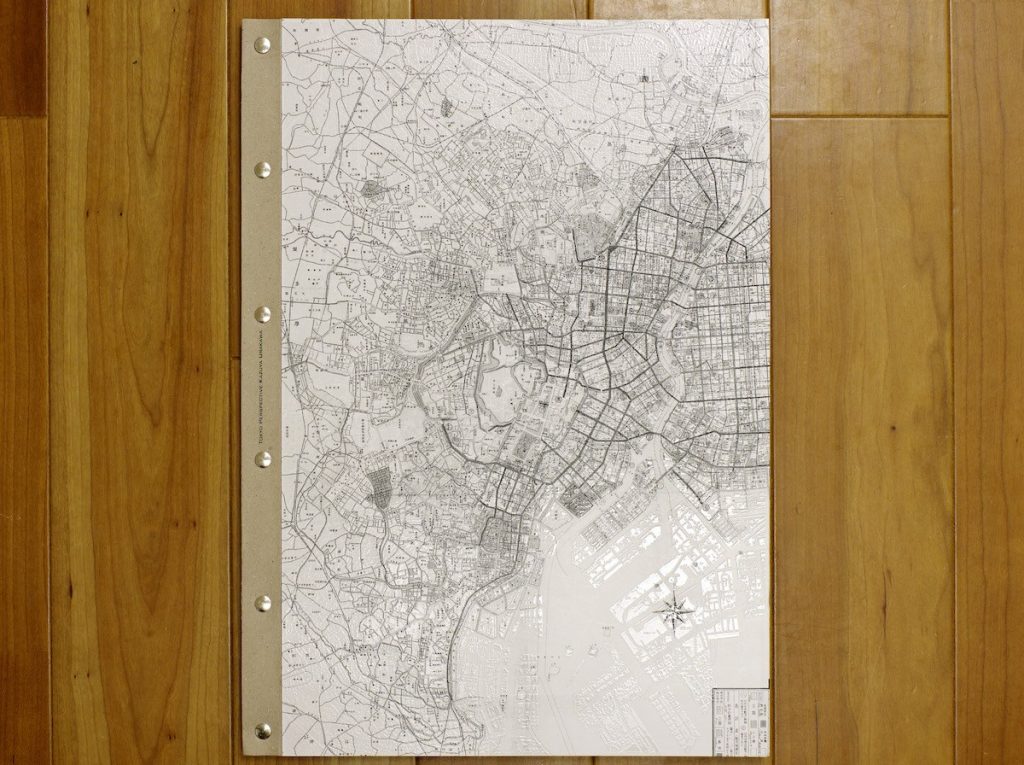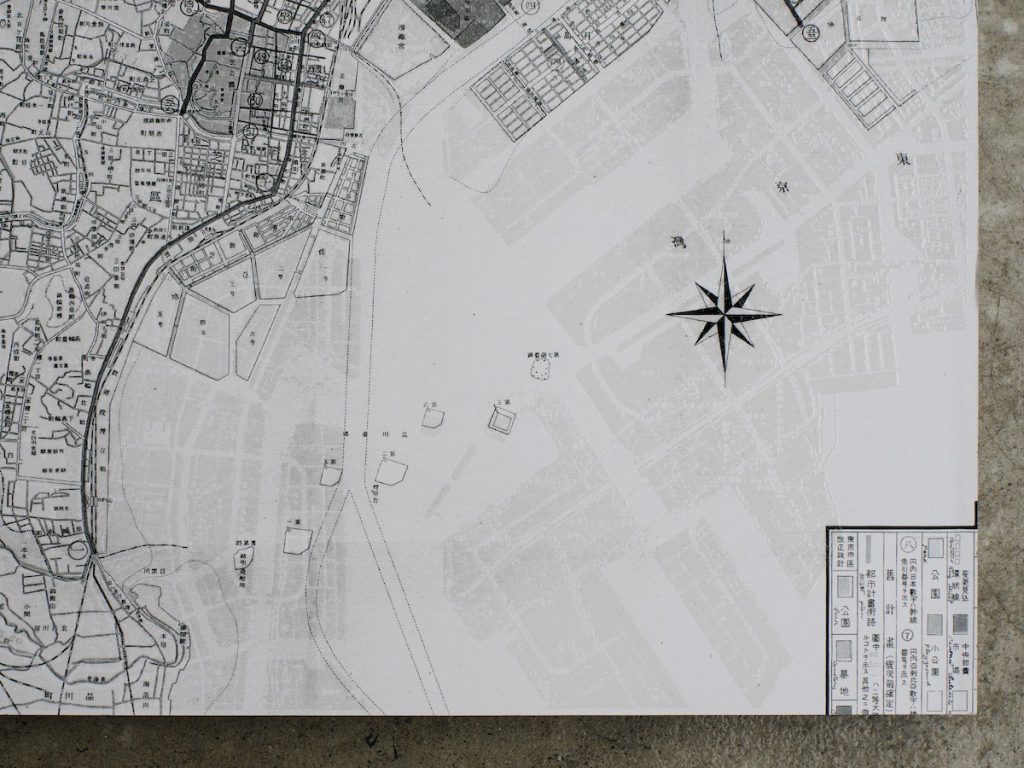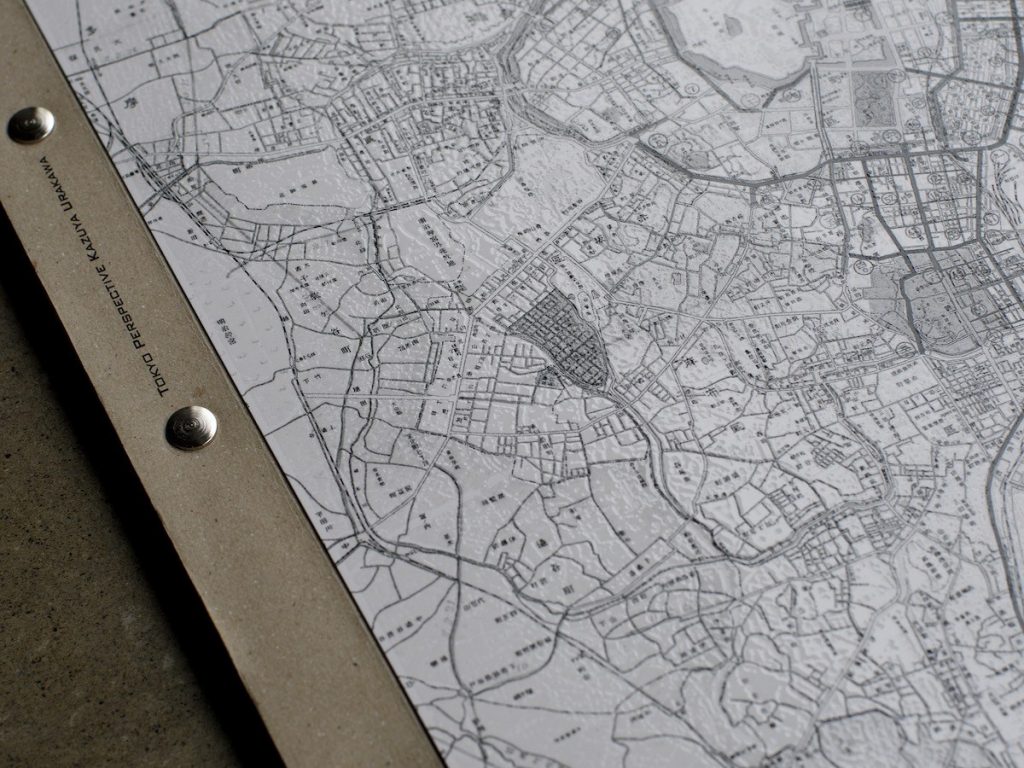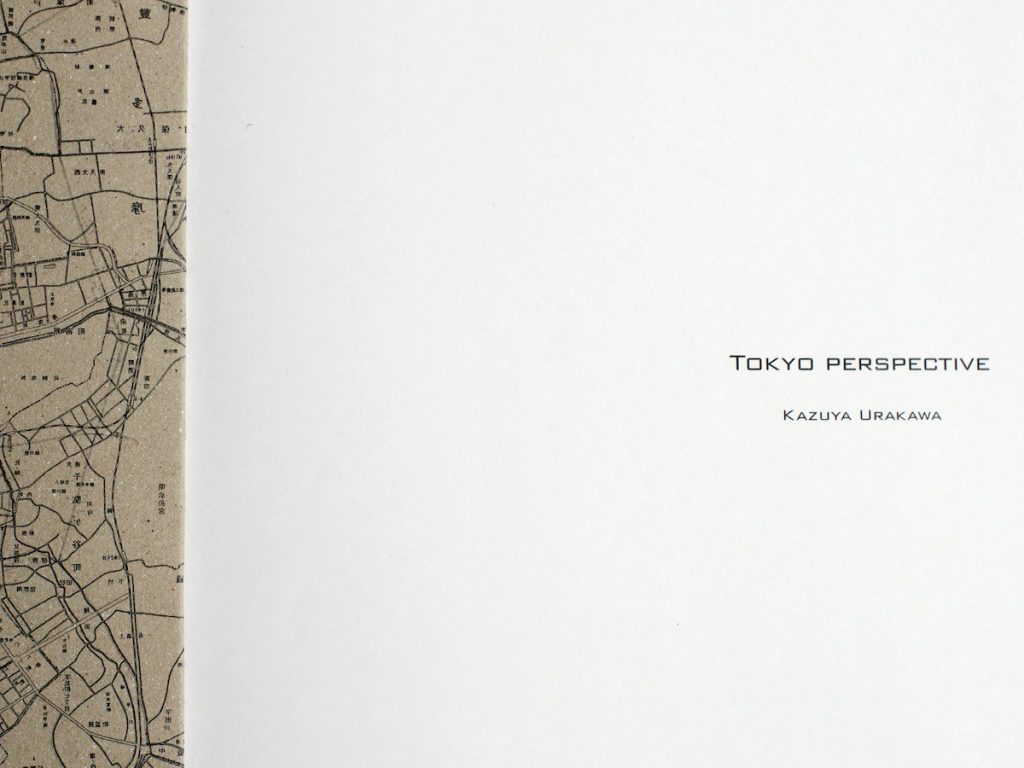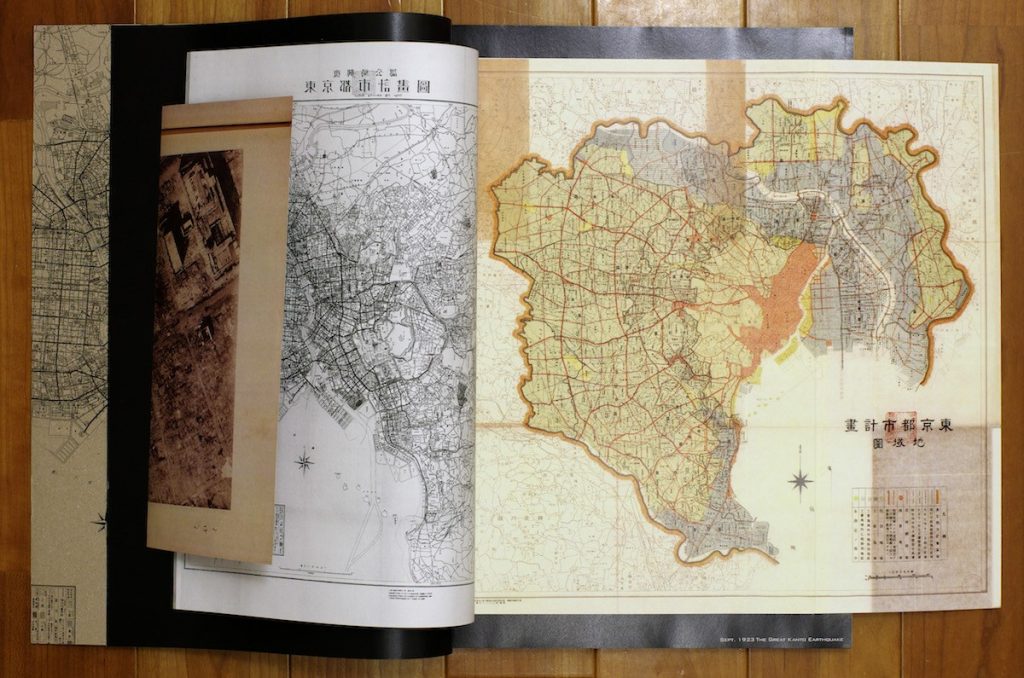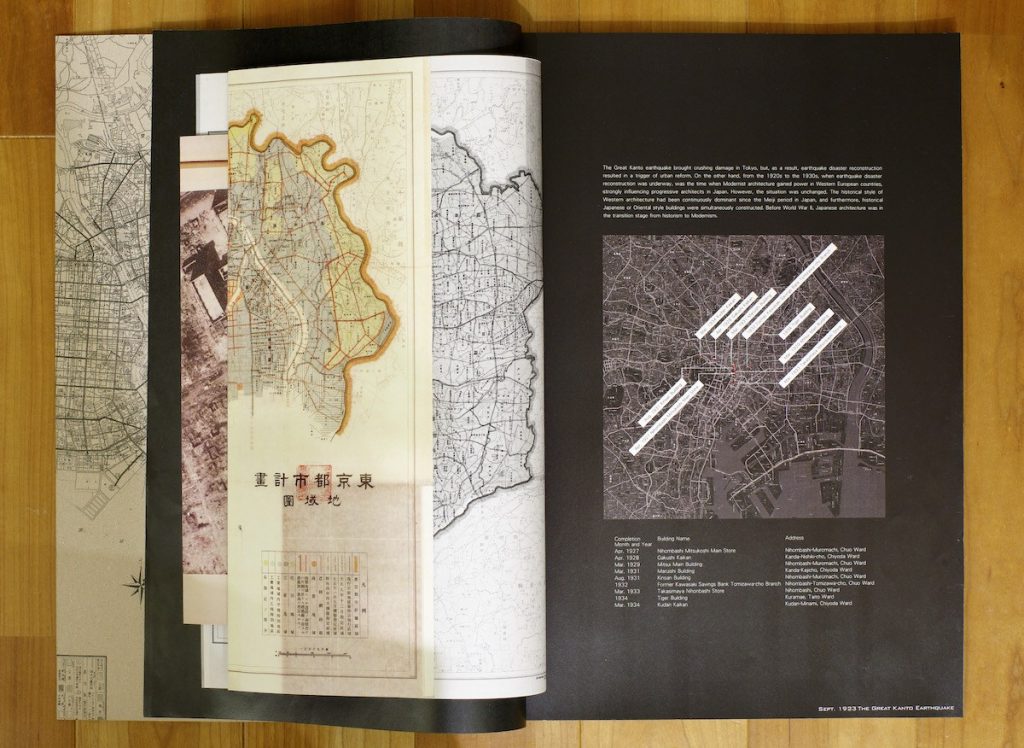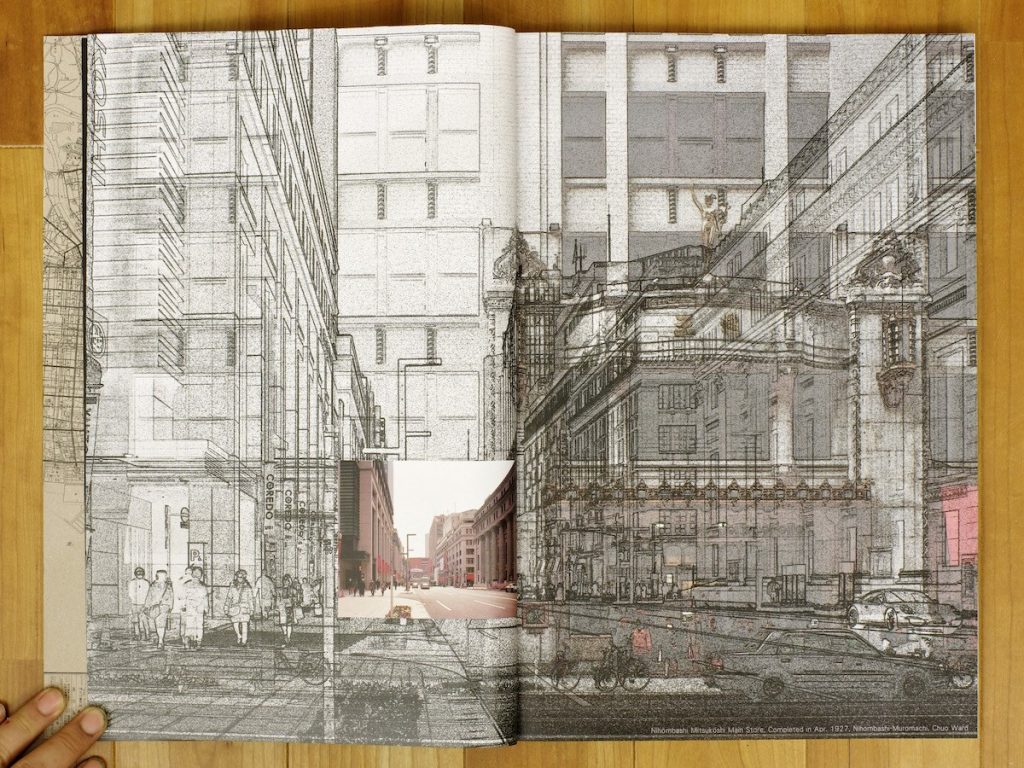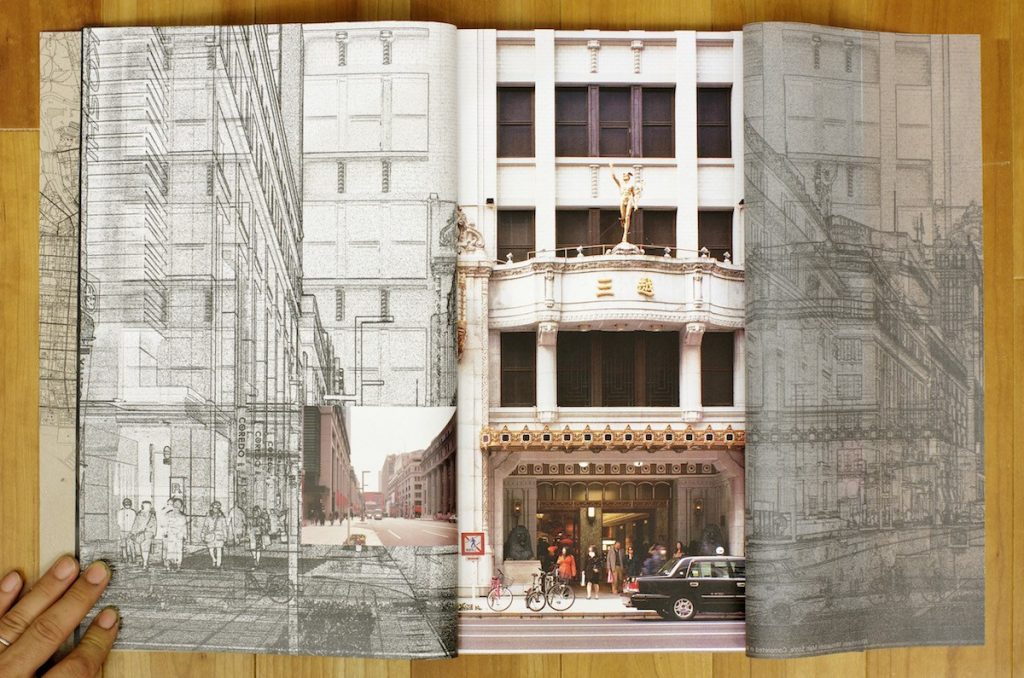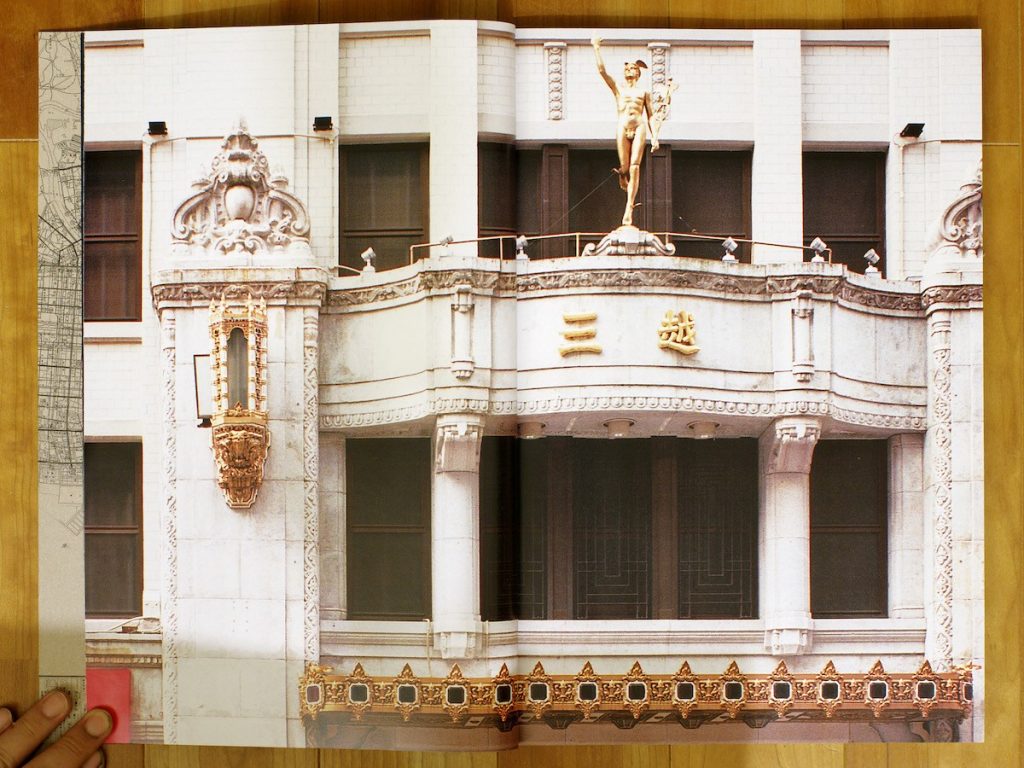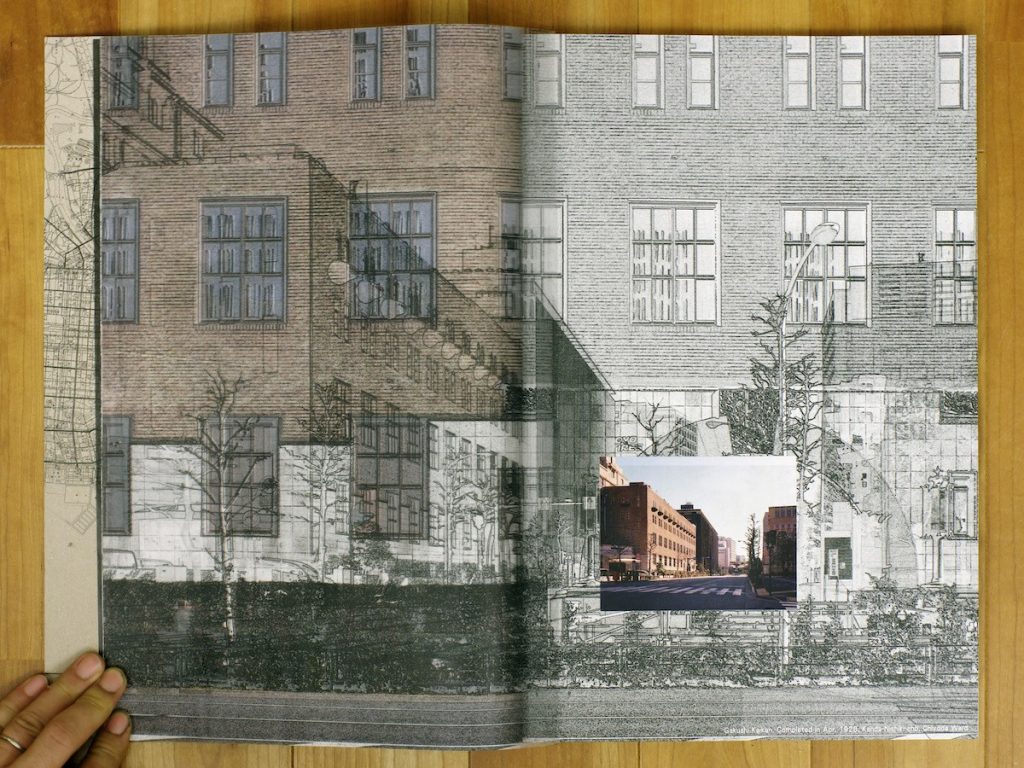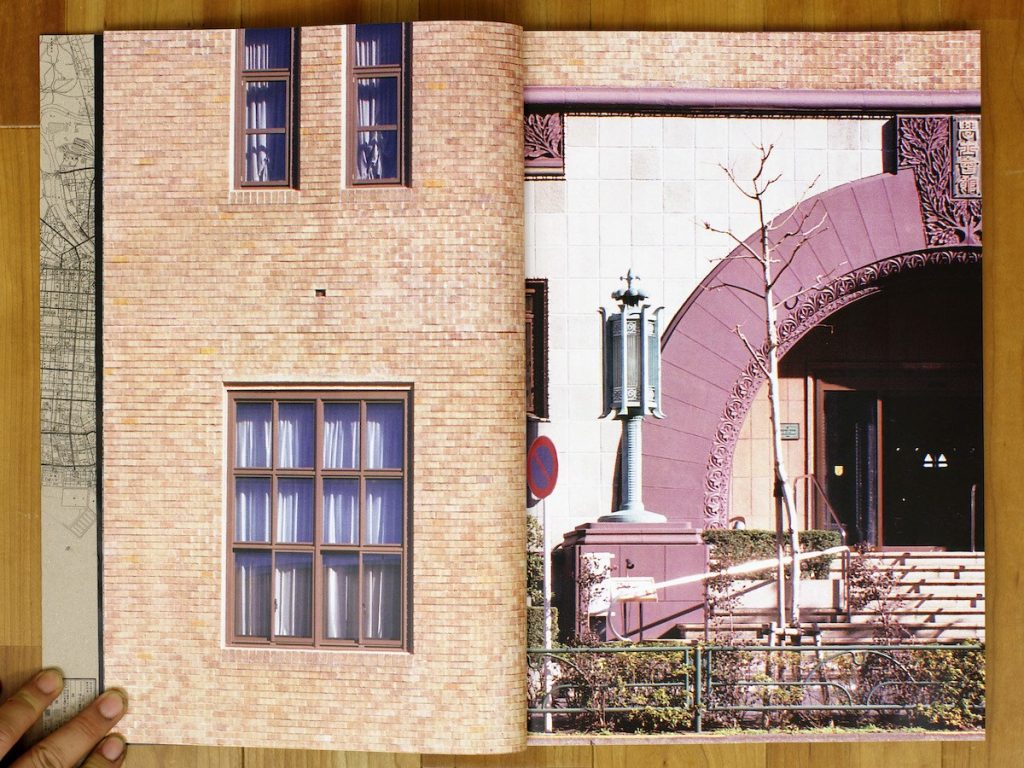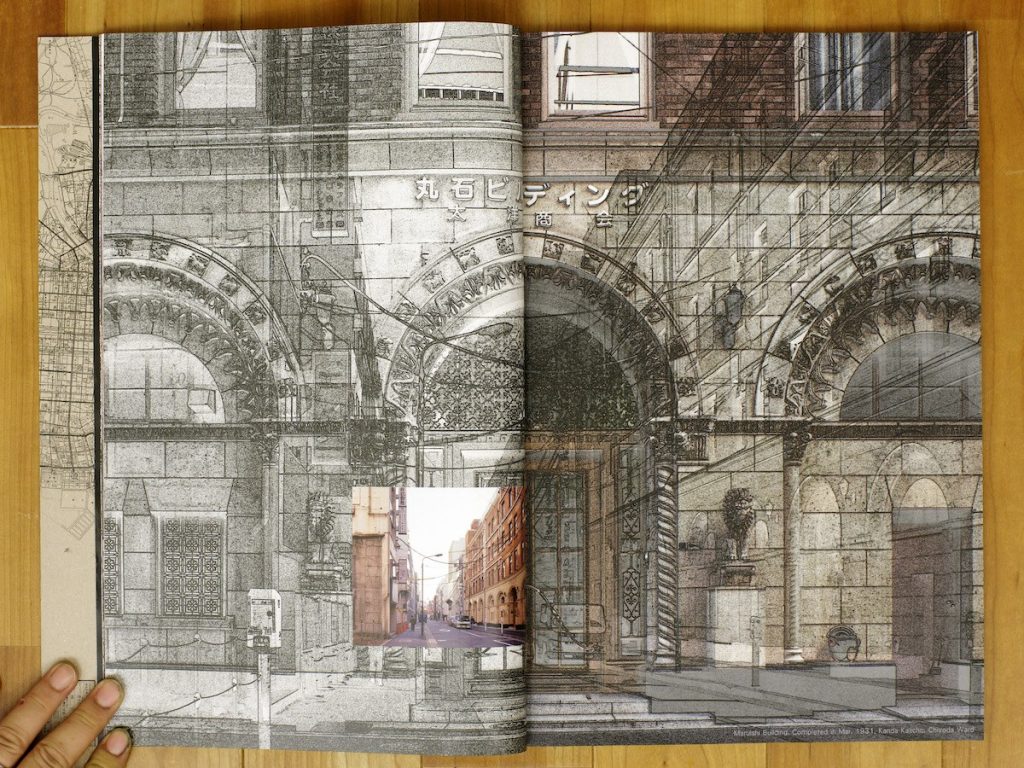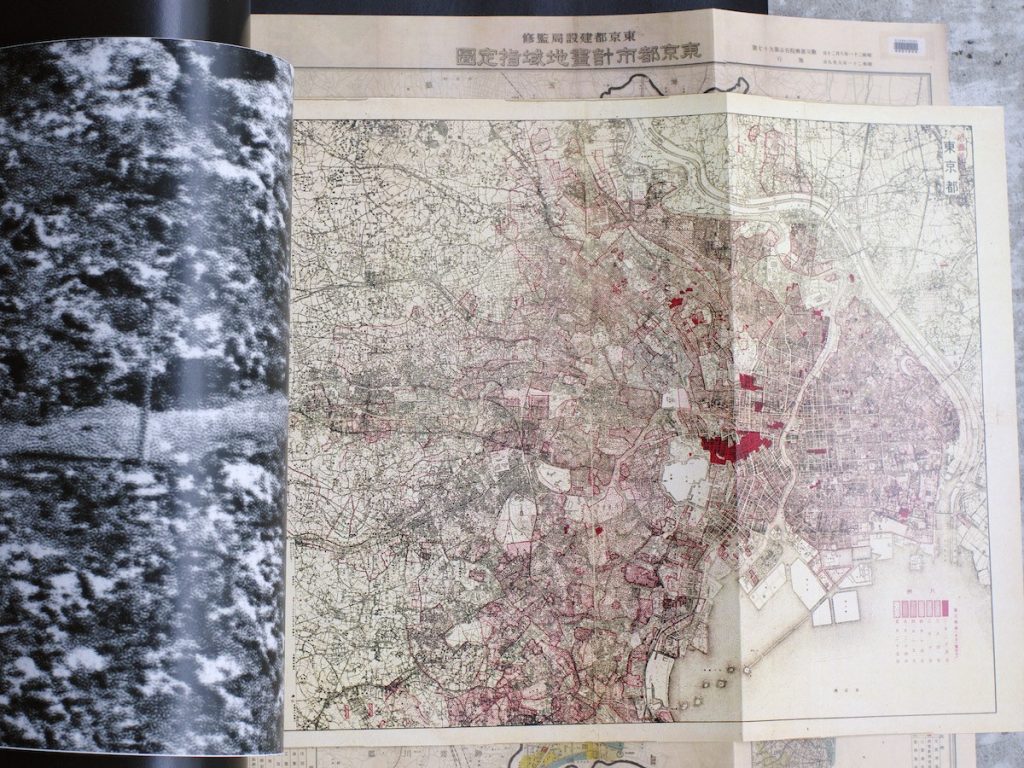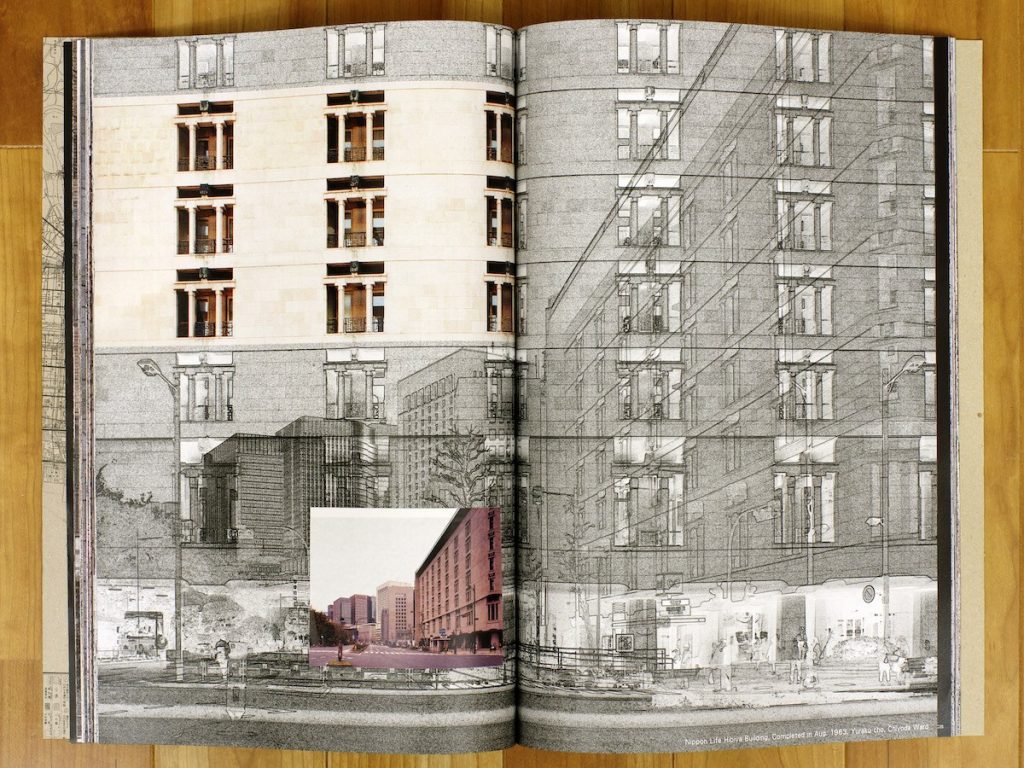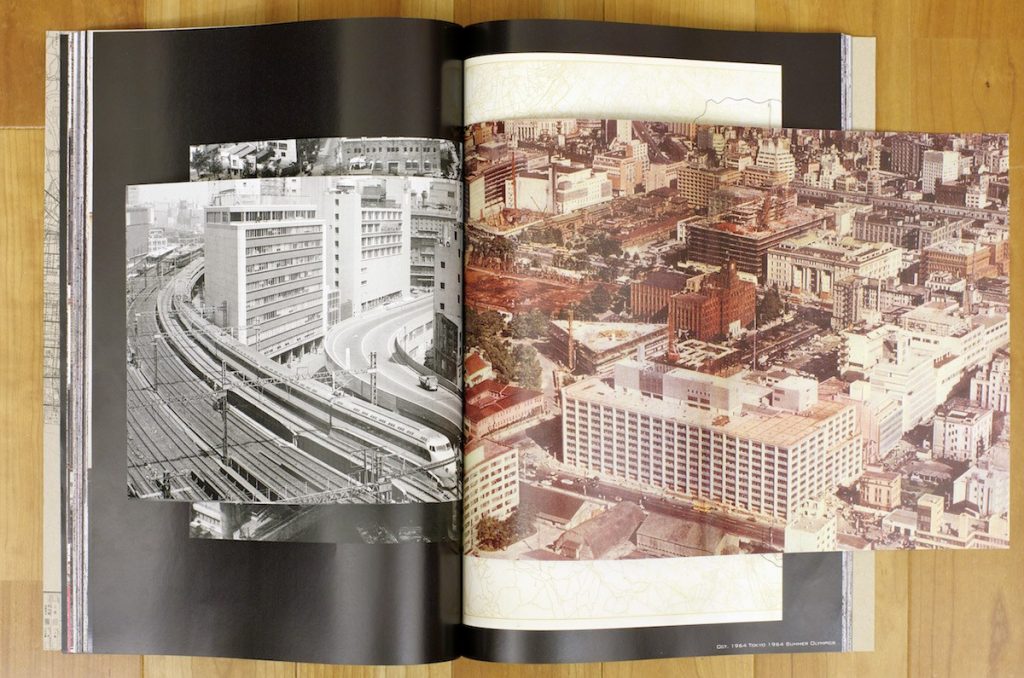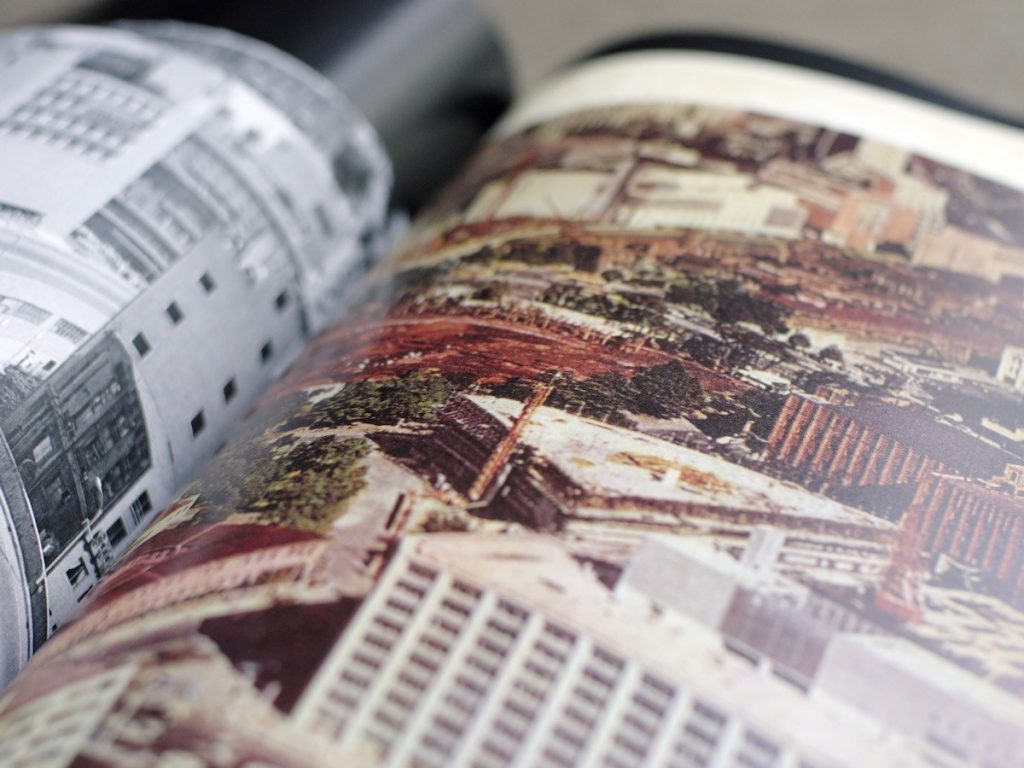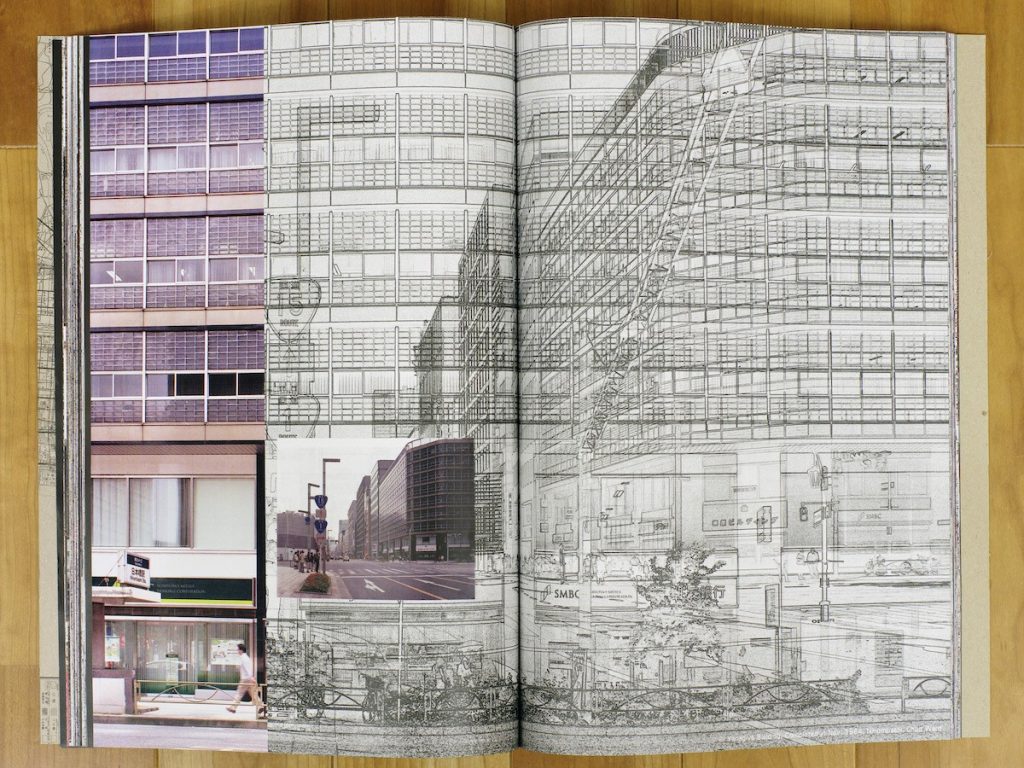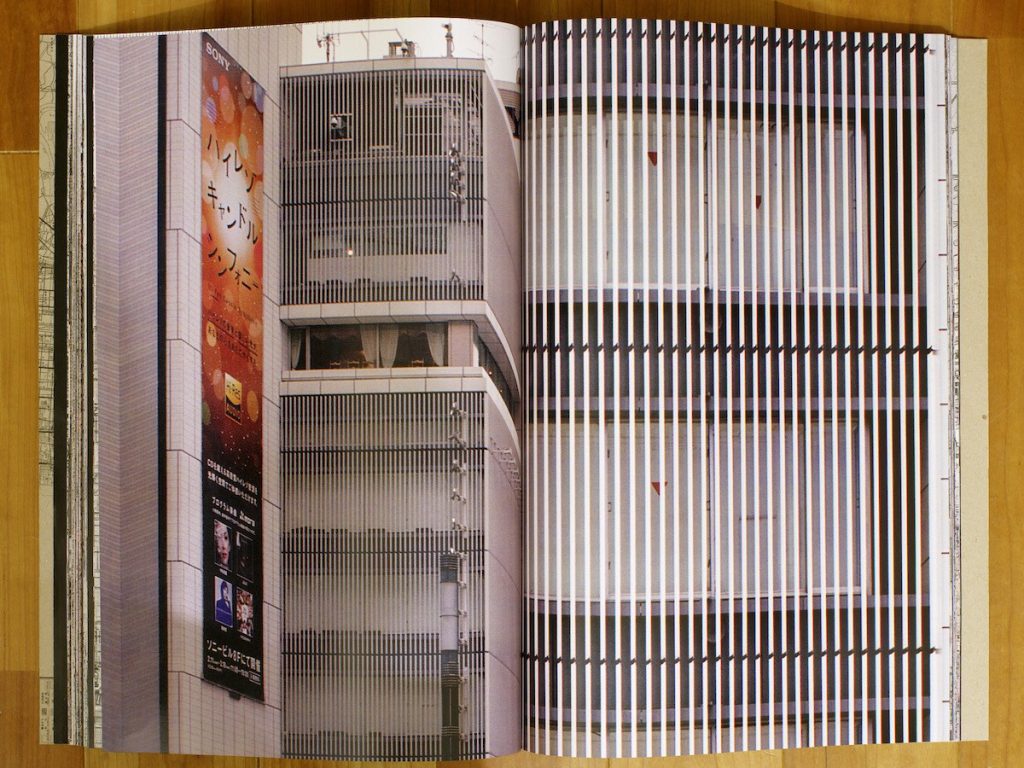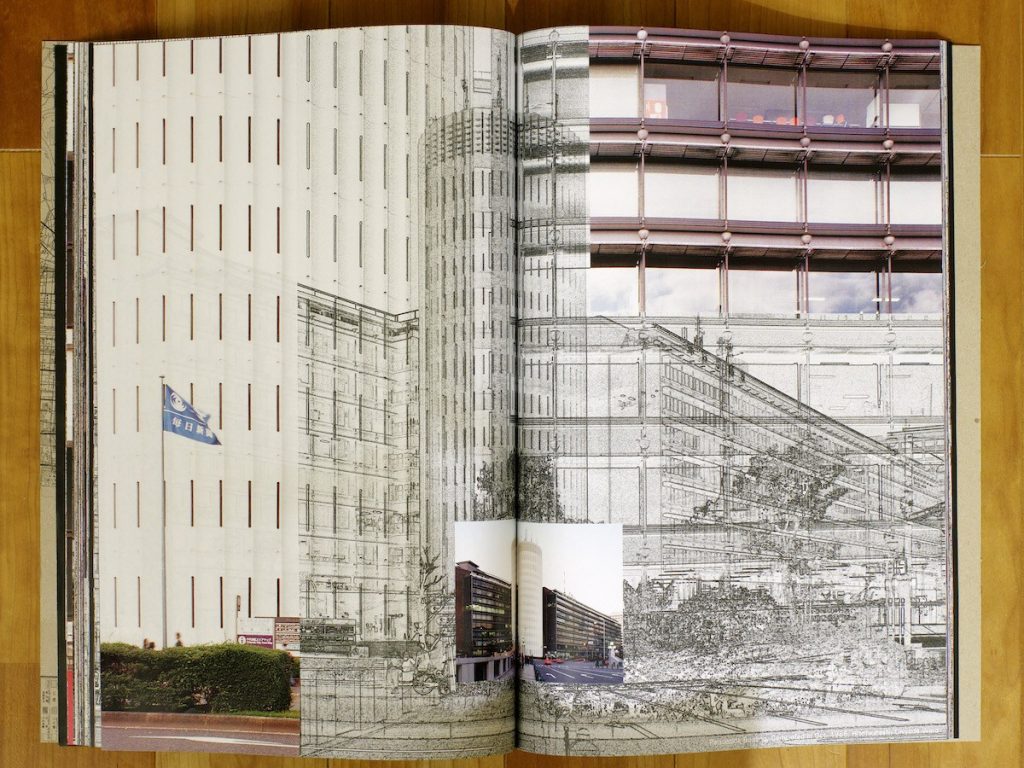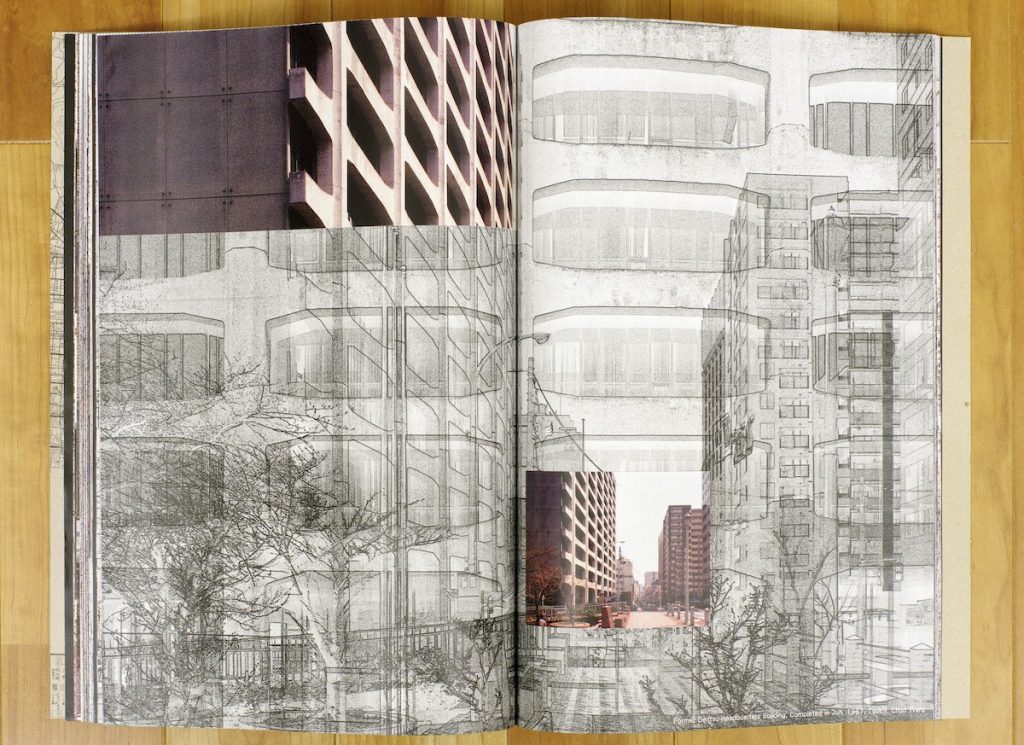東京の都市風景を眺めていると、都市が記憶喪失に陥っているように感じることがある。これは、人為的な要因か否かに関わらず、東京が世界的に類を見ないスピードで繰り返してきた更新に一因があり、関東大震災や東京大空襲による2 度の壊滅的被害とそれらからの復興は代表的な要因である。
しかし1980 年代のバブル経済から現在に至っては合理性や効率性を追求するための経済的理由が更新を加速しており、竣工50 年程度の建築が取り壊されることも珍しくない。一方、私たちは建物が解体された土地に直面した時、かつてそこにあった建物を思い出せない。これは建物の滅失が忘却を加速するだけではなく、建物がそれほど意識的に見られていないことを示している。建築は芸術の一つの分野に数えられてはいるが、日本ではそれほどには意識されていないのかもしれない。
イタリアの建築家 アルド・ロッシは、代表的な著書「都市の建築」において、都市における「場」と建築の関係について以下のように述べている。
これら(「場」) の輪郭が描き出す個別性は、モニュメントや都市、構築物のそれであり、従って個別性の観念とその境界線、つまりその個別性の始まりと終わりである。それが描き出すのは建築と場所との関係であり、芸術の場である。従ってまた、それは特異な人工的創成物としての場所の観念及びその正確な様相そのものであり、それを決定づけているのは空間であり時間であり、その地理的規模であり形態であり、その場所の歴史の新旧であり、その記憶である。
(都市の建築/アルド・ロッシ著、大島哲蔵・福田晴虔=訳/大龍堂書店(1966) P166)
都市の更新は都市の記憶の喪失と表裏一体の関係にあり、急激な更新は記憶の蓄積を追い越してしまう。記憶を失った都市は失った記憶を取りもどすことはできず、自身の個別性も失ってしまうことだろう。
2016 年11 月
浦川 和也
Looking at cityscapes in Tokyo, I often feel as if the city has fallen into a state of amnesia. This feeling is awoken by the scrap-and-build approach that Tokyo has repeated more frequently than any other city in the world, whether due to man-made
factors or otherwise. In particular, the twin catastrophes of the Great Kanto Earthquake (1923) and the Great Tokyo Air Raid (1945) and the subsequent reconstructions thereafter are two of the chief causes.
However, scrap-and-build has been accelerated by economic motives in pursuit of rationality and efficiency since the 1980s, when Japan enjoyed the bubble economy, we commonly see the buildings demolished as young as 50 years old. In contrast, facing a vacant lot after a building was demolished, we cannot remember the building that used to stand there. This indicates not only that buildings truly fall into oblivion after their demolition but also that we don’t take note of them in the city in a meaningful way. Although architecture is generally regarded as an art, I feel that people may not think so in Japan. Italian architect Aldo Rossi talks about the relation between locus and architecture in the city in his evocative book “Architecture of the city”.
These [locus] outlines delineate the singularity of monuments, of the city, and of buildings, and thus the concept of singularity itself and its limits, where it begins and ends. They trace the relation of architecture to its location ― the place of art ― and thereby its connections to, and the precise articulation of, the locus itself as a singular artifact determined by its space and time, by its topographical dimensions and its form, by its being the seat of succession of ancient and recent events, by its memory.
(Aldo Rossi, Architecture of the City, The MIT Press, 1984, P107)
The relation between scrap-and-build and the memory-loss for the city is comparable to two sides of the same coin, and the excessively frequent scrap-and-build approach interrupts the accumulation of memory. I consider that the memory-lost city can never get back those lost memories and will therefore lose individuality ― lose itself.
November 2016
Kazuya Urakawa
